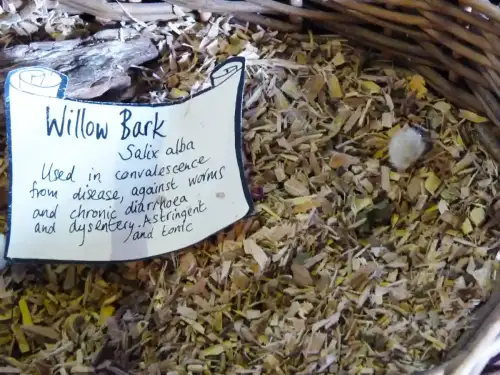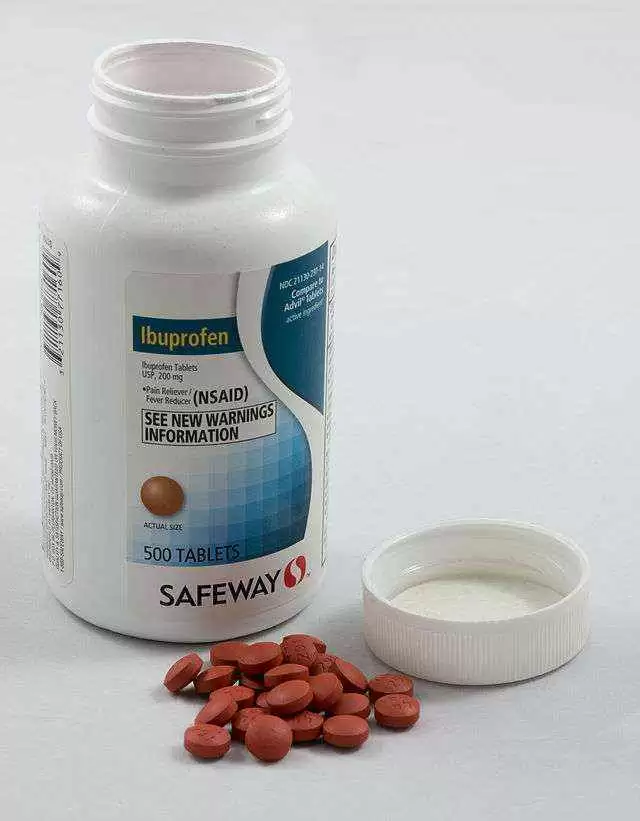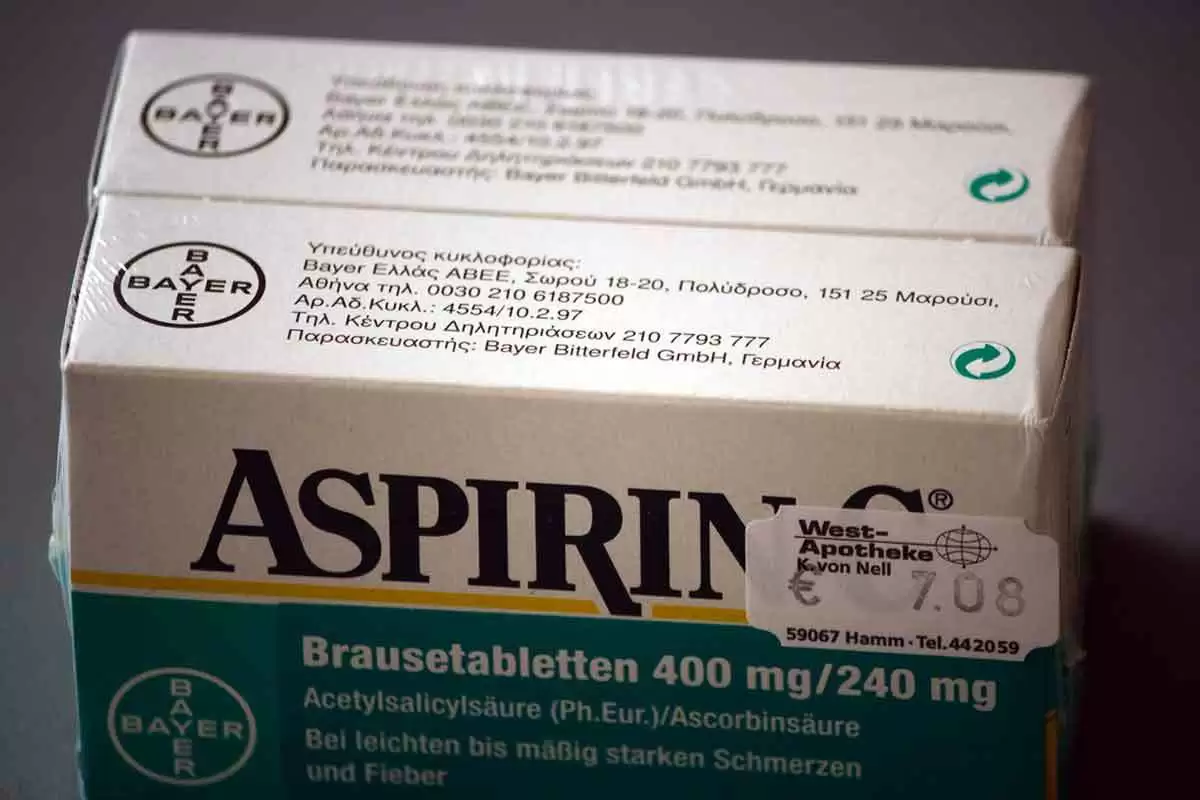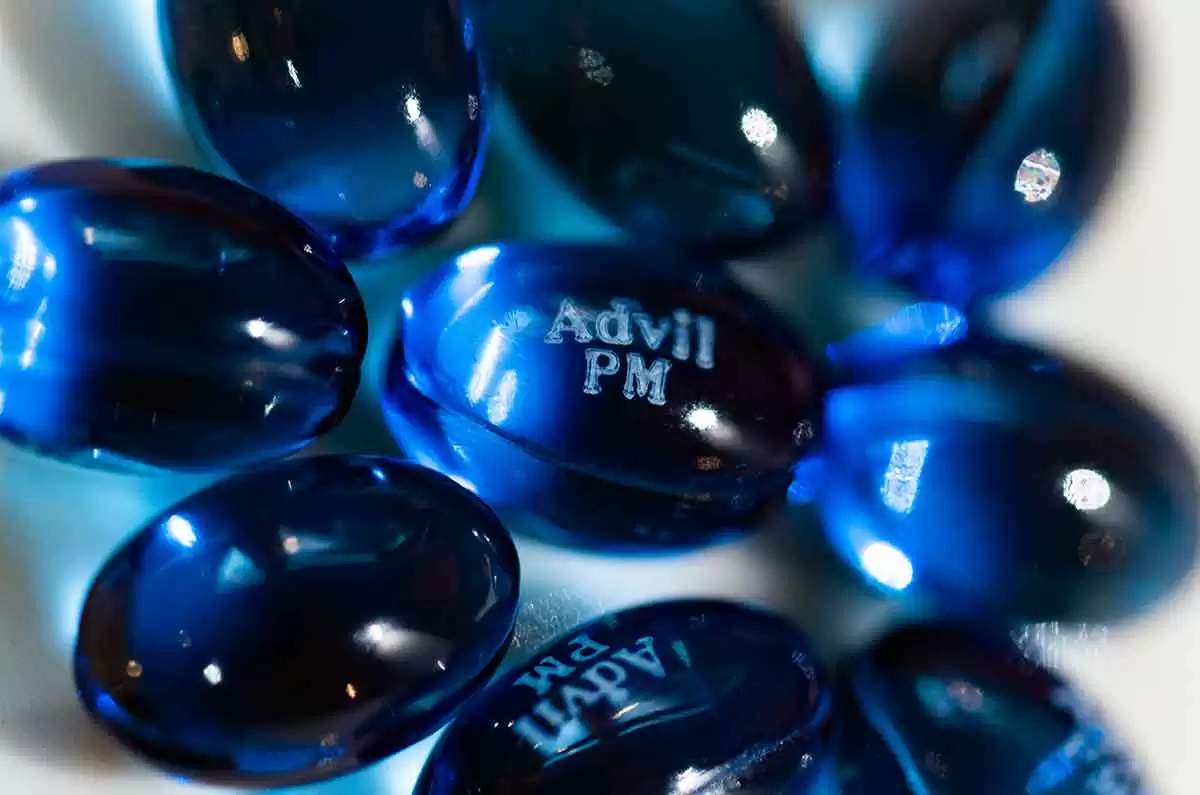Celiac.com 10/28/2025 - The active drug in aspirin (acetylsalicylic acid) is gluten-free. However, some finished aspirin products may include inactive ingredients that could contain gluten or be at risk of cross-contact. Most over-the-counter tablets are formulated without wheat-derived starches, but you should always verify the specific product you plan to use.
Why This Question Matters for Celiac Disease and Gluten Sensitivity
For people with celiac disease, even small amounts of gluten can trigger immune damage in the small intestine. For those with non-celiac gluten sensitivity, exposure may provoke symptoms such as abdominal pain, fatigue, or headache. Medications are taken frequently and sometimes daily; confirming that a product is gluten-free helps prevent accidental exposure from a source many people overlook.
Aspirin 101: What Is in the Bottle?
Celiac.com Sponsor (A12):
Every aspirin product contains the active drug acetylsalicylic acid. Around this core ingredient, manufacturers build a “recipe” of inactive ingredients (also called excipients) that make the tablet hold together, dissolve at the right time, taste acceptable, or avoid stomach irritation. Common excipients include starches (used as binders or disintegrants), cellulose, lactose, povidone, silica, and various coatings.
Gluten can only enter through these excipients or through manufacturing cross-contact. The active drug itself is not a gluten source.
Where Gluten Could Hide in Aspirin
- Starches listed as “starch” or “pregelatinized starch”: These are often derived from corn or potato, but the source may not be obvious from the label. If the source is wheat, it should be stated in plain language in many regions, but practices vary by country and manufacturer.
- Wheat starch: Less common in over-the-counter pain relievers, but it exists in the excipient world. If present, it may be labeled as “wheat starch,” “amylum tritici,” or “pregelatinized wheat starch.”
- Flavored or chewable forms: Added flavor systems, sweeteners, and colorants increase ingredient complexity. These are still often gluten-free, but they deserve a careful label check.
- Effervescent tablets and powder packets: These can include flavor blends and carriers; verify each product.
- Combination products: Aspirin paired with caffeine, antacids, or cold-symptom ingredients has longer inactive-ingredient lists. More ingredients mean more places where gluten could appear.
How to Check an Aspirin Product
- Read the inactive ingredient list every time. Look specifically for “wheat,” “wheat starch,” “barley,” “rye,” “malt,” or “gluten.” If “starch” appears without a source, move to the next steps.
- Look for a gluten-free statement from the manufacturer. Some companies voluntarily note that a product is formulated without gluten and is tested to a threshold consistent with food standards.
- Check the official product information leaflet or monograph. These often list excipients and sometimes identify starch sources.
- Contact the manufacturer’s consumer line or email. Ask, “Is the starch in this product derived from wheat? Do you test for gluten?” Write down the batch number when you call so the answer applies to your exact lot.
- Ask your pharmacist. Pharmacists can check professional databases and help identify a gluten-free brand or generic option. They can also order a specific product that meets your needs.
Typical Risk by Dosage Form
- Plain, uncoated tablets: Often simple formulas and commonly gluten-free, but still verify the starch source.
- Enteric-coated tablets: Coatings are designed to reduce stomach irritation and usually do not rely on wheat-based ingredients. Confirm with the specific brand.
- Chewable tablets: Added flavors and sweeteners increase complexity; check labels closely.
- Effervescent tablets or powders: Review every ingredient; flavor systems and carriers vary widely.
- Topical creams or gels with salicylates: These are generally gluten-free in function because they are not ingested, but wheat-based thickeners could still appear; verify if you are highly sensitive or concerned about hand-to-mouth transfer.
What “Gluten-Free” Means in Practice
In food, “gluten-free” typically means less than 20 parts per million of gluten. Some drug manufacturers voluntarily use the same threshold and say so on their websites or packaging. Others may state that they do not intentionally use gluten-containing excipients but do not test final products. For people with celiac disease, products that are clearly labeled gluten-free or confirmed by the manufacturer provide the most confidence.
Special Considerations for Celiac Disease
- Keep a go-to brand list: Once you confirm a gluten-free aspirin product, write down the exact brand, strength, dosage form, and lot number. Re-check when you buy a new bottle, as formulas can change.
- Store separately: If your household uses gluten-containing medications or supplements, store your gluten-free products in a separate bin to avoid mix-ups.
- Travel smart: Pack your verified bottle when traveling; do not rely on unfamiliar local brands without checking.
- Beware of fillers in compounded products: If you need a compounded aspirin product, ask the pharmacy to document the source of each excipient and to use gluten-free fillers.
If You Cannot Confirm a Product
If ingredient information is unclear and you cannot reach the manufacturer, consider choosing a different brand with a clearer statement. For occasional pain relief, you may also discuss alternative pain relievers with your clinician or pharmacist, ensuring those alternatives are verified gluten-free as well.
Safety Notes About Aspirin (Beyond Gluten)
- Aspirin can irritate the stomach and increase bleeding risk. Talk to a healthcare professional if you have ulcers, take blood thinners, or have a bleeding disorder.
- Children and teenagers with viral illnesses should not use aspirin due to the risk of a rare but serious condition. Ask your clinician about safer alternatives for fever or pain in children.
- If you take daily low-dose aspirin for heart health, never stop or switch brands without checking with your clinician and verifying gluten-free status of the replacement.
Practical Checklist
- Confirm the active ingredient: acetylsalicylic acid (naturally gluten-free).
- Read the inactive ingredient list for each new bottle.
- Verify starch sources and look for explicit “gluten-free” statements.
- Call the manufacturer with the product name, strength, and lot number.
- Ask your pharmacist to help identify a documented gluten-free option.
What This Means for People with Celiac Disease or Gluten Sensitivity
The bottom line is encouraging: many aspirin products are suitable for a gluten-free lifestyle, but you should not assume that every bottle is safe. Careful label reading and a quick verification step protect you from hidden gluten in excipients or from rare cross-contact. Building a personal list of trusted brands, checking periodically for formula changes, and partnering with a pharmacist turns aspirin selection from a worry into a routine.
Conclusion
Aspirin’s active drug is gluten-free, and most over-the-counter options are formulated without wheat-derived ingredients. The potential for gluten arises from inactive ingredients and manufacturing practices, which vary by brand, dosage form, and country. For people with celiac disease or gluten sensitivity, a simple process—read the label, verify the starch source, and confirm with the manufacturer or pharmacist—provides confidence and safety. With these steps, you can use aspirin when it is clinically appropriate while maintaining a strict gluten-free standard.











Recommended Comments
There are no comments to display.
Create an account or sign in to comment
You need to be a member in order to leave a comment
Create an account
Sign up for a new account in our community. It's easy!
Register a new accountSign in
Already have an account? Sign in here.
Sign In Now